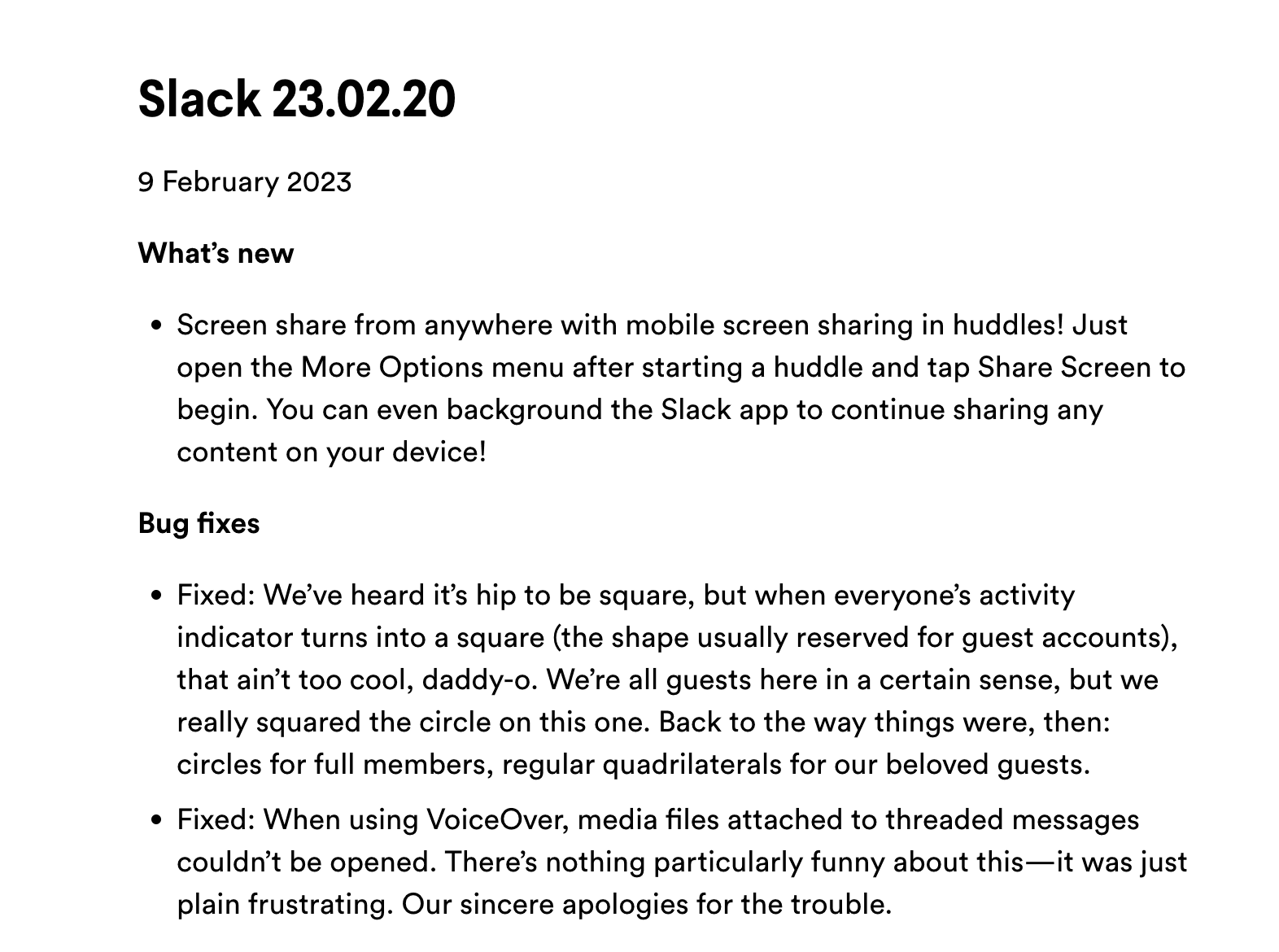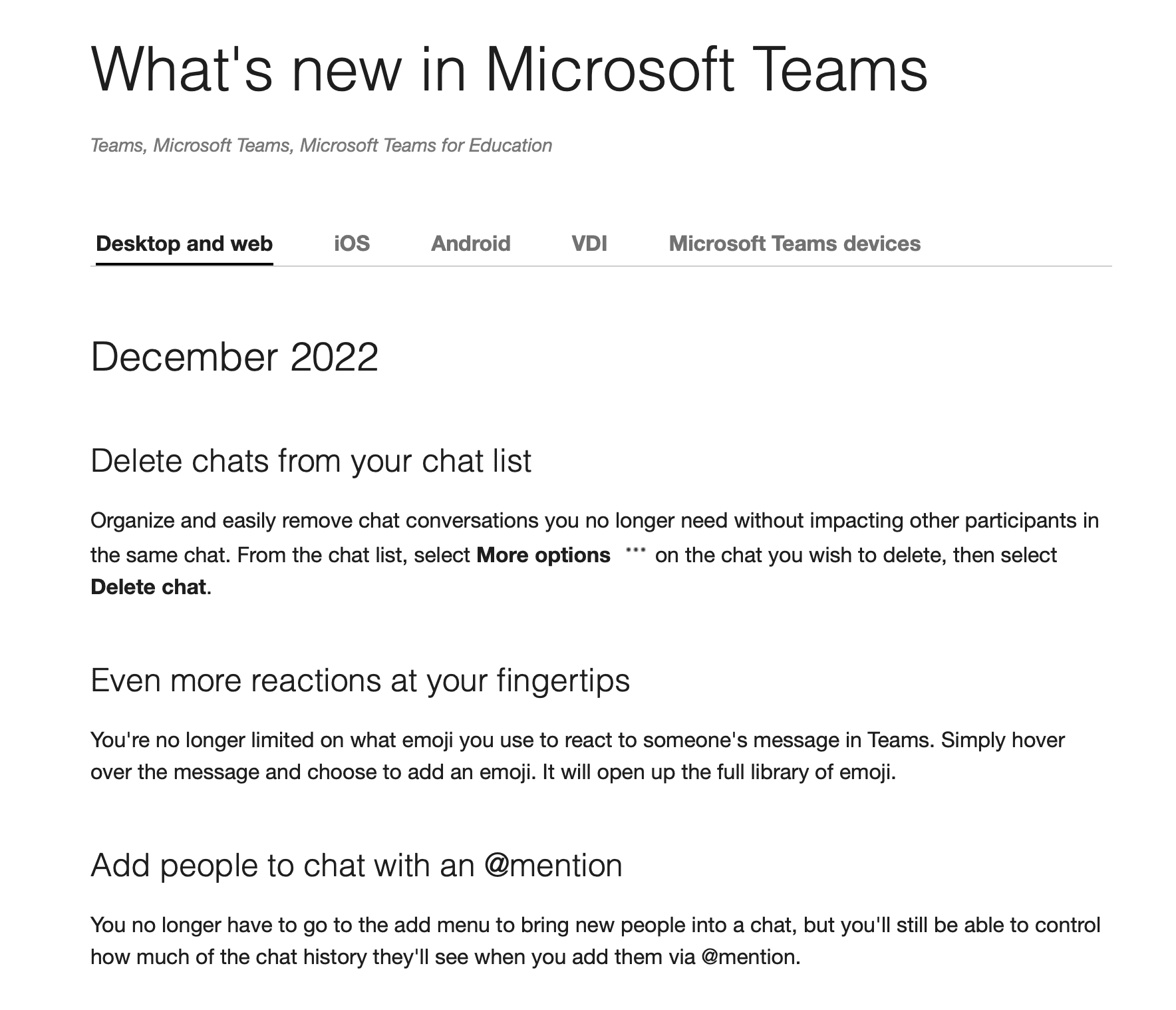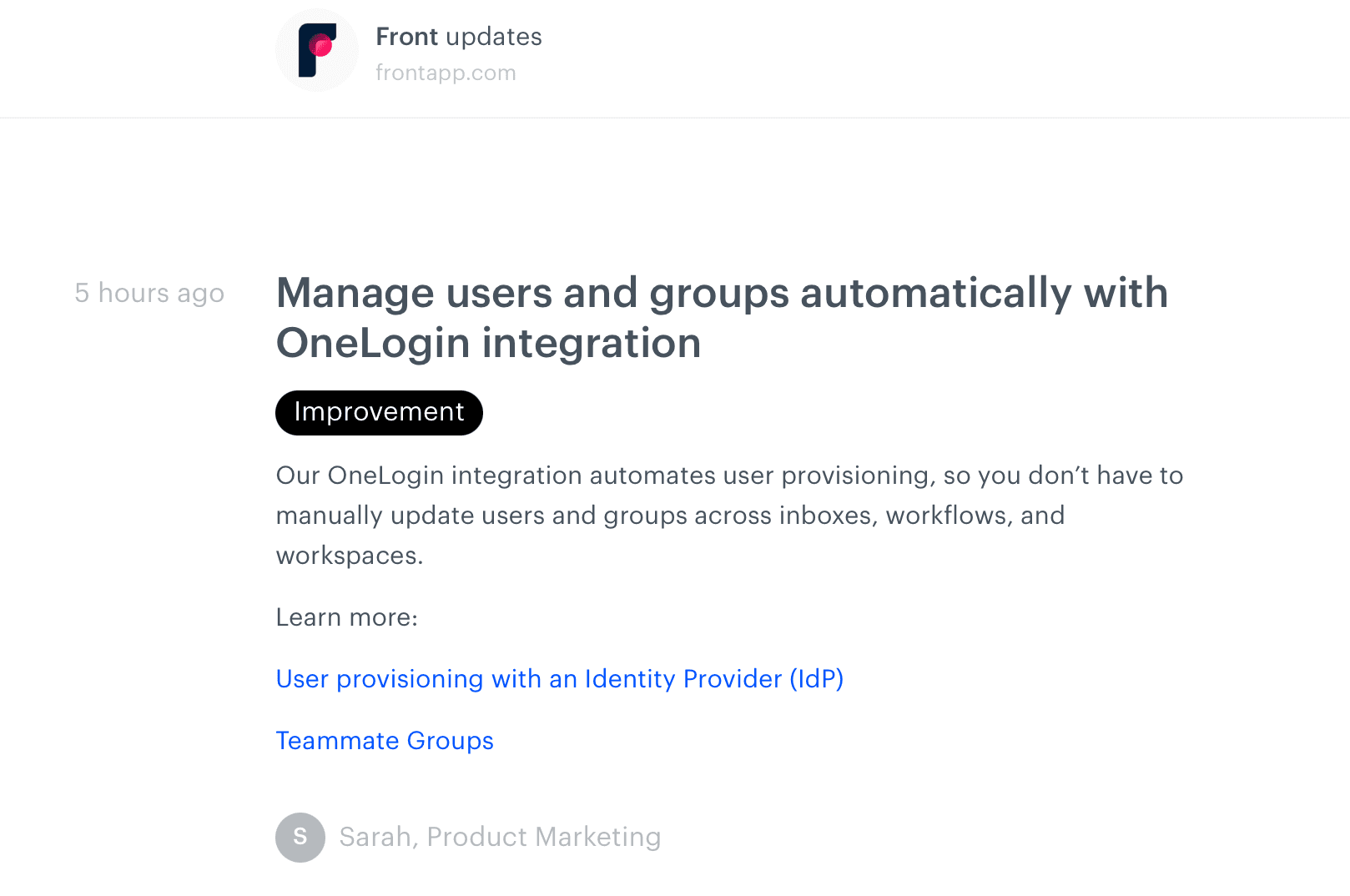Release notes might seem like a small thing, but they can be a powerful tool for keeping your customers in the loop. What's more, if done right, they help foster customer loyalty and increase retention.
Writing great release notes can be a bit of an art form, but don't let that intimidate you. Just as we've all learned to write emails and messages that people actually want to read, the same skills and sensibilities apply when it comes to effective release notes. The real trick is knowing what should go into them and what's best left out.
In this article, we'll explore the basics of writing release notes and look at 5 examples that have become legendary for their ability to keep customers informed and engaged. Then you’ll have the information you need to get started on your own!
What Are Release Notes?
Writing your release notes can be a great opportunity to get creative and show off a bit about what you’ve done. It’s almost like putting together a mini-marketing campaign attached to your product update — so why not make the most of it?
But most people don’t appreciate that well written release notes can have a significant impact on two key product metrics:
Retention
Conversion
You can use the release notes to talk up any new features you’ve included, as well as any design changes you may have made. Your customers will appreciate getting to know more about what they’re buying, and so will potential customers who are considering using your product/service but are still on the fence.
If you are still early in the product lifecycle and don’t have all the features customers might expect, release notes are a great way to show momentum and give potential customers confidence that the product it improving fast — so don't forget to consider writing release notes as part of your marketing strategy!
How to Write Release Notes That Aren't Boring
It's tempting to think of release notes as an afterthought—who reads those things anyway? But that's thinking about it all wrong! Release notes are actually a great opportunity to engage with your customer base and make sure they know how valuable you think their feedback is. Here’s how you can make sure your release notes aren’t boring:
Use Positive Language
Instead of labelling new features as fixes, or corrections, focus on what the plugin or product update has done and how it has improved the customer experience. “Improved user experience” sounds a lot better than “fixing bugs.”
Slack Release Notes

A great example of using positive language while also adding creativity and humour are the Slack release notes. And altough they aren't always as short and sweet as they could be, they are just fun to read.
Keep It Short and Sweet
No one wants to read a wall of text when they look at release notes. Stick to simple, concise language and eschew fancy descriptions for simpler ones that help explain the purpose of each feature or update quickly.
Microsoft Teams Release Notes

Microsoft's Teams updates are a great example of "keeping it short". Clear and descriptive titles explain what the benefits are to the user, and a short description adds just the right amount of detail.
Provide Links to Support Pages
Include helpful links that enable your customers to learn more about any new features or updates, so they can get the most out of them quickly and easily.
Front Release Notes

Front's release notes are short and to the point. But for readers who want to know more, they include helpful links to the documentation or in-depth blog posts.
Keep it Organized
By adding tags, keywords and other elements to each entry in your release notes, you make sure that customers can find any info or help they need if they're searching for certain information later on.
Github Release Notes

Github makes extensive use of categories to organise content. It makes it extremely easy to select and view only announcements related to product areas you are interested in.
Conclusion
Release notes are an invaluable part of customer communication and the key to creating passionate users. As important as it is to keep your customers informed, the challenge can seem daunting. But following the tips and great examples discussed above, you have the foundations to create an effective and engaging release note strategy.
Whether you're building a software product or launching a new website, writing a good release note can be the difference in turning a satisfied customer into a passionate one. So use these tips to help you create engaging release notes, and reap the rewards of a successful launch.



